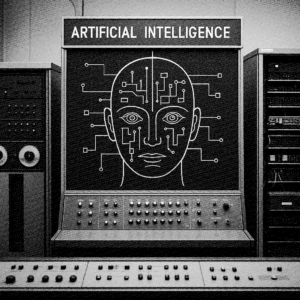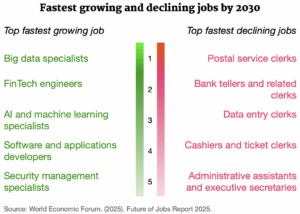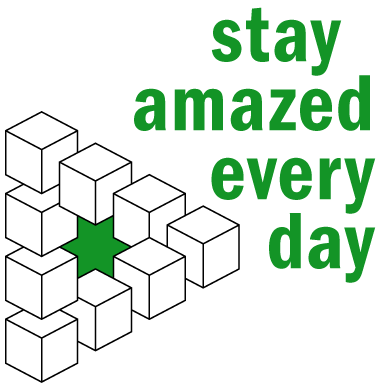
Educators Are under Pressure. AI Won’t Fix That. But It Might Help.
Educators today are not short on demands. They face overloaded classrooms, mounting administrative tasks, rapidly shifting technologies, and a growing sense that the world they are preparing students for is moving faster than they can catch up. School leaders, system directors, and policymakers are being asked to make strategic choices with limited time, limited clarity, and limited resources. The white paper “Rethinking Education in the Age of AI” is written for them. With urgency, with empathy, and with a roadmap. This article is a summary of that white paper.
Start With the Resistance
We begin by acknowledging the resistance many educators feel when it comes to AI. The hesitation is not a rejection of progress, but a reflection of skepticism, and concern. Why change something that already works? Where will we find the time? What happens to the human connection? These are real questions. The only forward is to take them seriously.

Then: What AI Really Is
From there, we explore what AI actually is. Not just a chatbot, but a family of technologies that has evolved to a global force of predictive and generative tools reshaping every sector, including education. We look where it might take us in the next five to ten years, including scenarios like AI-designed curricula and synthetic learning environments.
The Job Market of 2040
We then take a look at the job market of 2040. It is the world today’s learners are headed toward. Routine work is vanishing. New roles are emerging that require emotional intelligence, ethics, and creative agility. If we don’t rethink education now, we risk sending an entire generation into a future for which they are not equipped.


What AI Means for Education
This leads to the heart of the document: what AI means for education itself. We show what’s already happening, in classrooms, colleges, and training programs, and what’s possible when AI is used to support learners and empower educators. We speak directly to school and system leaders: AI is not a tool to tack on. It demands that we reimagine our systems, our schools, even our floor plans. It forces us to ask: what are classrooms for, now that knowledge is everywhere?
Ethics Isn’t a Footnote
But vision is not enough without responsibility. In our most important chapter, we outline what it means to use AI ethically, safely, and humanely. That includes protecting student data, ensuring fairness in automated systems, and being transparent about how tools are chosen and used. We address equity concerns head-on and emphasize that implementation isn’t a checklist, it’s a leadership challenge. Ethical AI in education means putting people first, questioning assumptions, and creating space for reflection, consent, and inclusive design. It’s not just about doing things right, but doing the right things.
From Principles to Practice: A Roadmap for Action
We offer a roadmap for putting principles into practice, navigating tensions, and leading systemic change with humility and courage. Implementation is not a checklist. It is a commitment to learning, listening, and adapting.
Five Key Takeaways:
- AI in education is not a future concern. It is already here, and we must act now.
- Learners entering the workforce by 2040 will face radically different demands.
- Educational systems can’t simply add AI to existing structures. Deep rethinking is needed.
- Human connection, critical thought, and ethical judgment are more valuable than ever.
- Responsible implementation requires leadership, reflection, and sustained investment.
Where to Begin?
Start the conversation: Bring your team, staff, or board together to talk about what AI already means in your context, and where the gaps are.
Choose one thing to prototype: Whether it’s a new tool, a professional learning track, or a student feedback project, start small and learn fast.
Reach out: You don’t have to do this alone. There are networks, tools, and people, including the author of this article, who are here to help.
This moment is not about perfection: It’s about beginning. The sooner we start, the stronger the future we can build, for our learners, our communities, and the generations to come.
Ai Jump Workshop: Start Building Tomorrow’s Education Today
The AI Jump Workshop is a strategic and hands-on session designed to help education teams take their first real step into the age of Artificial Intelligence. It builds on the white paper “Rethinking Education in the Age of AI” and offers a clear and inspiring path: from curiosity to action.
With a sharp focus on what AI means for learning, leadership, and equity — and how to respond with vision and direction.
* The image of the girl in the classroom refers to the debate in the late 1970s about whether calculators should be allowed in classrooms, especially in subjects like mathematics, physics, and economics. At the time, many feared that using calculators would erode students’ basic skills. But in hindsight, the resistance turned out to be misguided. Calculators became standard tools, allowing education to go deeper, tackle more complex problems, and offer students greater intellectual challenges.
Rather than making students passive, the calculator expanded what was possible. It empowered learners and reshaped the curriculum in a lasting way.
Today’s discussions about AI echo that same initial fear of disruption. But as with calculators then, AI now has the potential to become a transformative tool, deepening learning, fostering creativity, and helping teachers focus on what matters most: guiding the human learning journey.
(Full disclosure: this photo is AI-generated)
